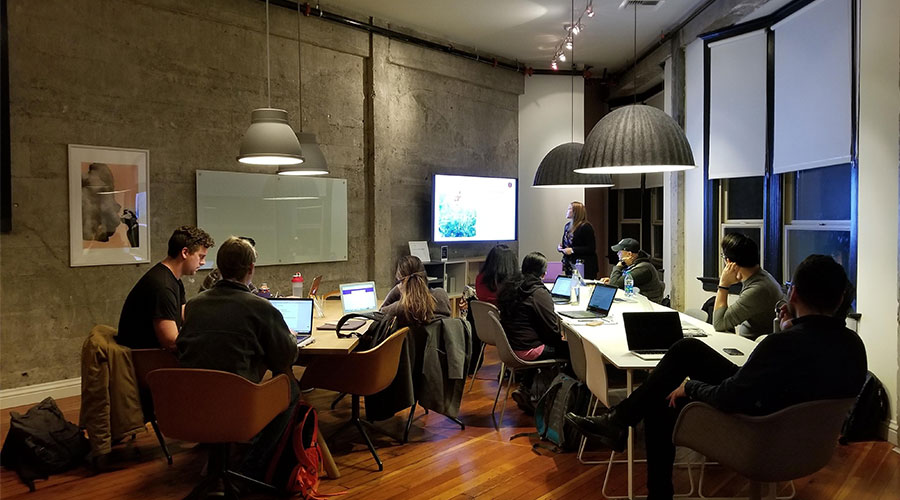
What Is Lighting Control and Why Do You Need It?
Remember when your parents used to yell at you to stop wasting energy and turn the lights off, for crying out loud? Well, they might have been on to something. In commercial buildings, lighting alone accounts for 38 percent of total electricity usage—more than any other building system. That means lighting accounts for a large percentage of your monthly budget, too. And lighting doesn’t just affect budget numbers. Bad lighting can negatively impact employee productivity, while good lighting can make employees happier and more productive. With the right lighting control system, you can create an office environment that improves efficiency for both your building and your employees.
HOW LIGHTING CONTROL MAKES BUILDINGS MORE EFFICIENT
The first step to efficient lighting control is making sure your spaces have the right amount of light. Many commercial spaces are over-lit—the electric lights are running at full power when there is plenty of natural light in the space. Window shades and dimmers from manufacturers such as Lutron can be timed with the changing position of the sun to maximize the natural light that comes into a space. This process, known as Daylight Harvesting, also reduces the amount of artificial light you are using and paying for.
Commercial buildings often have the same kind of energy waste that made your parents so mad—lights left on in rooms that are empty. When people are in a rush to get back to their desks after a meeting or a lunch break—or out of the building at the end of a long day—they don’t always remember to turn off conference room equipment and switch off the lights. Pre-set controls that turn off the lights in the building at a certain time each night, or shut off meeting room technology such as projectors and flat panel displays once the room has been empty for a certain number of minutes can go a long way to addressing this problem.
Done right, effective lighting control can be a key contributor to your building’s overall energy efficiency and may help you qualify for a LEED—Leadership in Energy and Environmental Design—certification. LEED certified buildings consume less energy and water and emit less pollution. In other words, improving the environment inside your building helps improve the environment outside it as well.
HOW LIGHTING CONTROL MAKES EMPLOYEES MORE PRODUCTIVE
Besides making your building more efficient, the right lighting levels and controls can also create a more healthy and pleasant working environment. For example, based on the natural light coming into a space, the type of work being done there, and the amount of light that work requires, the color of LED lights can be changed to improve both the aesthetics of the space and the comfort and well-being of the occupants. The right type and amount of light in an office environment can make employees happier and healthier and that means they’ll be more productive, too. Too much light or the wrong kind of light can lead to headaches and eye fatigue, and it can also disrupt natural physical rhythms, such as sleep, that respond to light and darkness.
Lighting control can also improve the user experience and help critical work get done faster. Occupancy sensors in meeting rooms, for example, can turn on the lights automatically when someone walks in, so they aren’t fumbling around for a switch. And the same sensor can turn the lights off once everyone leaves. Lighting control solutions that integrate with your AV technology can also automatically turn on equipment such as displays, microphones, and speakers when a meeting or huddle space is occupied. The time that would have been spent turning on the audiovisual equipment needed for the meeting can now be spent on the actual meeting.
GO GREEN WITH THE RIGHT LIGHTING CONTROL SOLUTION
Using the best solutions from manufacturers including Lutron and Crestron, Level 3 AV can help you implement a comprehensive and easy-to-use lighting control system, from design to user interface. Level 3 AV can also integrate lighting controls with any other systems in your facility including HVAC, audio, video, conferencing, security and overall energy management. Contact us today and learn more about how we can help!

